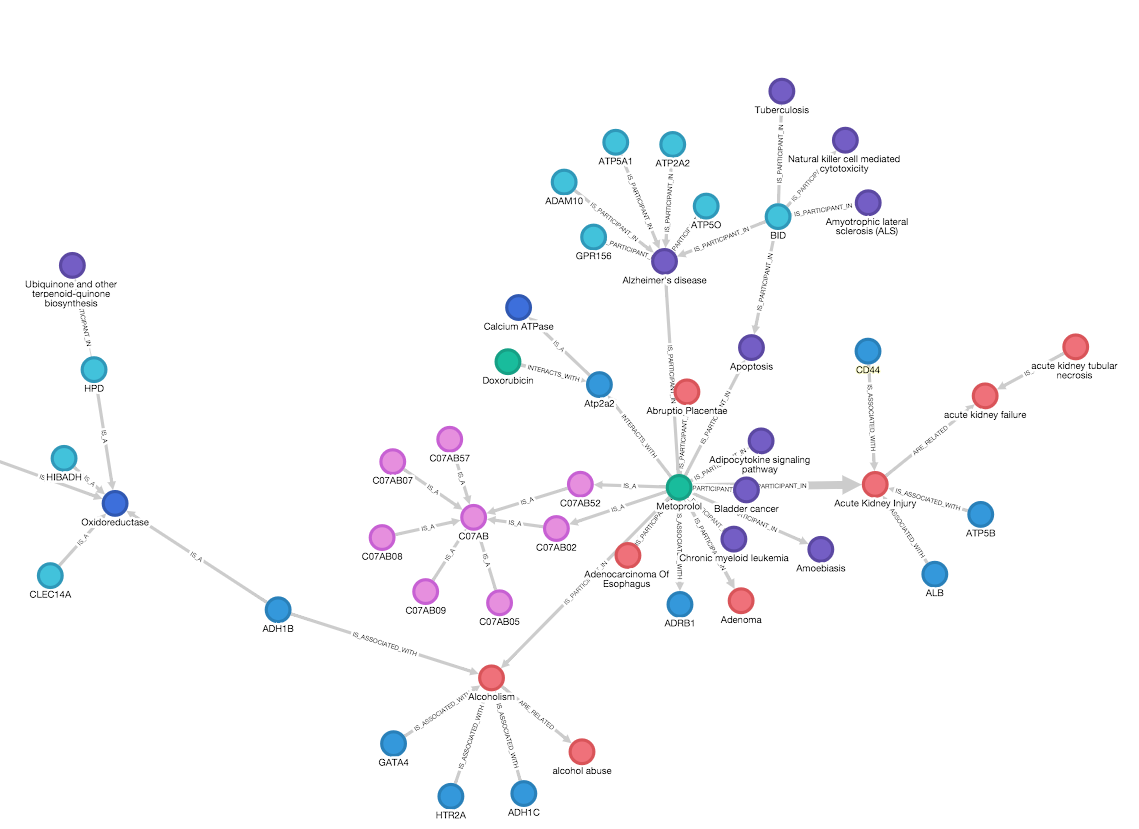Organizations are increasingly seeing the potential in digital twins.
CIOs recognize their potential for creating virtual, highly detailed, and fully faithful software reproductions of their real assets, such as a factory or complex, real-time industrial workflows. And in particular, CIOs are exploring the value of digital twin technologies to provide insight into the supply chain. They are using digital twin technology to optimize often broken supplier networks in the face of a pandemic and major European war.
This move to digital twin technology is the insight that the technology can have more impact in a supply chain context when used with knowledge graphs. These technologies, when combined, can provide powerful insights into supply chain optimization.

In 2012, Google announced that it was using a knowledge graph behind its search engine. Since then, the convergence of analytics, data science, machine learning, and AI has fueled the demand for knowledge graphs.
A knowledge graph is an interconnected albeit very large and complex data set enriched with meaning or semantics. It enables users to reason about the underlying data and use it for complex decision-making. This is because a knowledge graph data structure has the potential to make smarter, more predictive decision-making.
And knowledge charts become more effective when they take advantage of a chart. The reason is due to the inherent limitations of SQL and relational when supporting digital twin-style queries. It also depends on the specific form of the data you want to work within a supply chain context.
On the other hand, in a graph-based knowledge graph, reading the relationship from storage and querying the chart is easy – users cycle through the graph. The chart can be supplemented with useful chart algorithms and other tools. And if developers add a third layer in semantics, a working knowledge graph is achieved.
Creating a Connected Virtual Supply Chain
With graphics technology, creating a rich, reactive representation of complexity is easy, like a supply chain in a digital twin. It is always difficult to fully understand a supply chain because it is a complex, multidimensionally connected digital network. The current disruption of the supply chain has exacerbated this lack of visibility. Knowledge graphs are the best tools to fuse all facets of the supply chain, from materials to products, factories to distribution centers, and shipping.
A chart also makes it a lot easier to make decisions. The knowledge graph provides context so that decisions can be made holistically, considering many interlocking dependencies of the supply chain arena.
Graph-based digital twin knowledge graphs that bring data together and create a connected virtual supply chain give brands what they need. Graphing a supply chain provides real-world fidelity in everything from the oil and gas sector to nationwide retail distribution. Brands get a traceable, highly detailed view of all products, suppliers, and facilities in that supply chain and their relationships.
To better handle a supply chain through a digital twin, consider modeling it as a graph first and then as a full knowledge graph. Using a chart, all that complex supply chain data and deeply hierarchical and recursive events, even hidden, will be much easier to unmask.
A graph-based knowledge graph provides CIOs the flexibility, performance, and analytics capabilities to build, manage, and digital query twins at the enterprise level. Why not check out a digital twin fueled by a knowledge graph?
